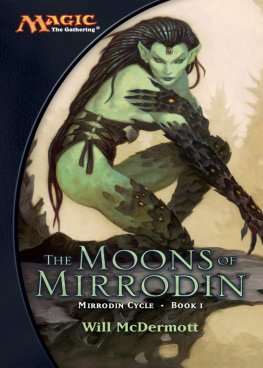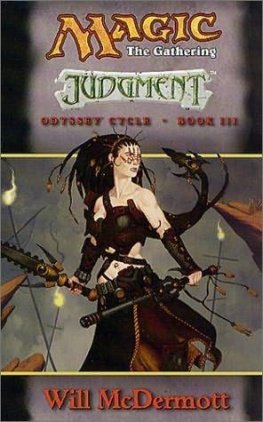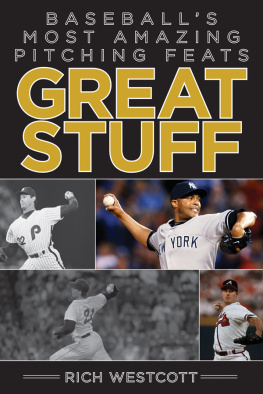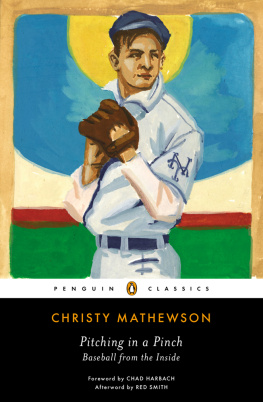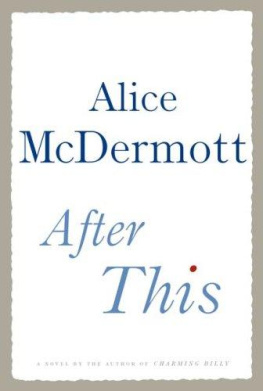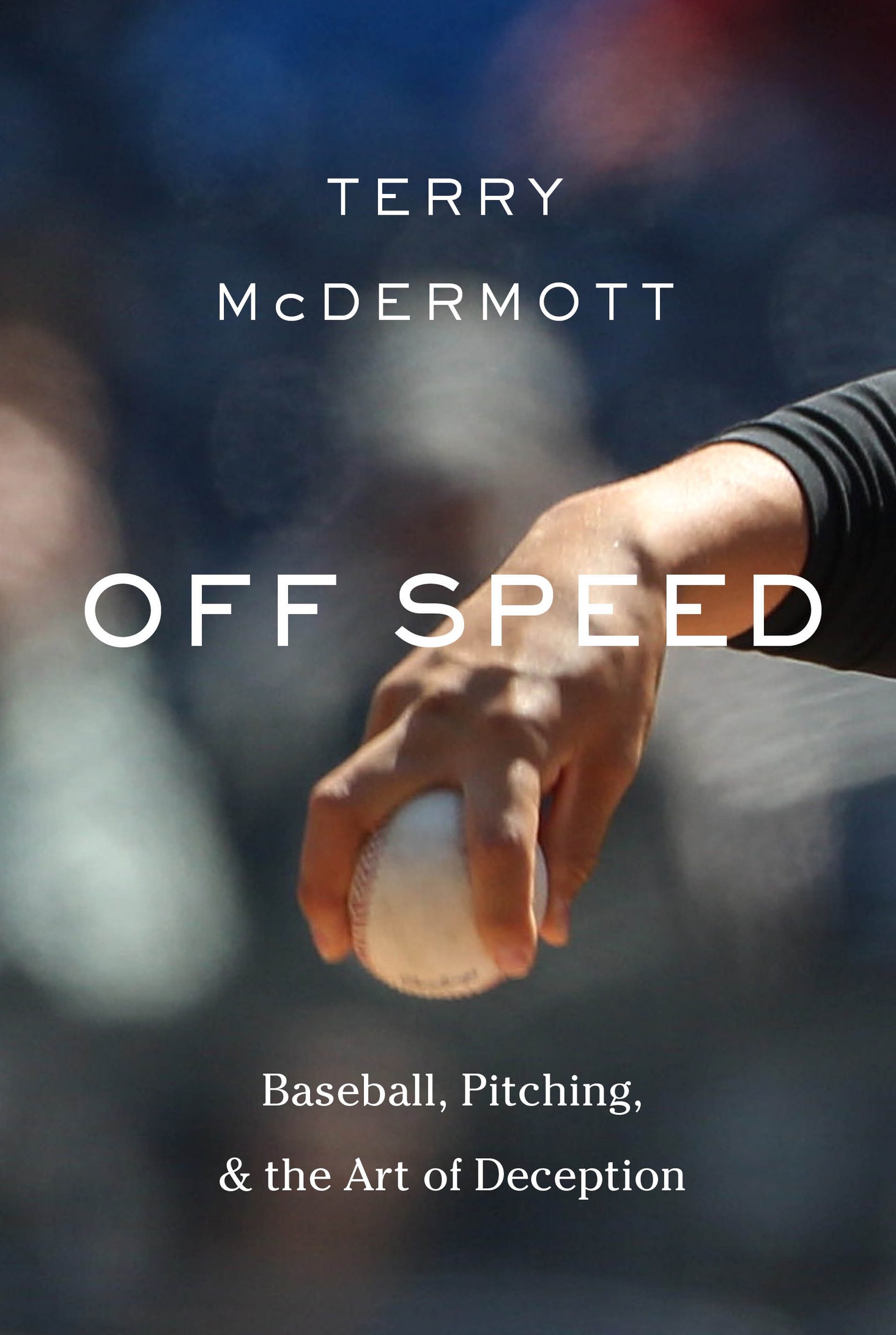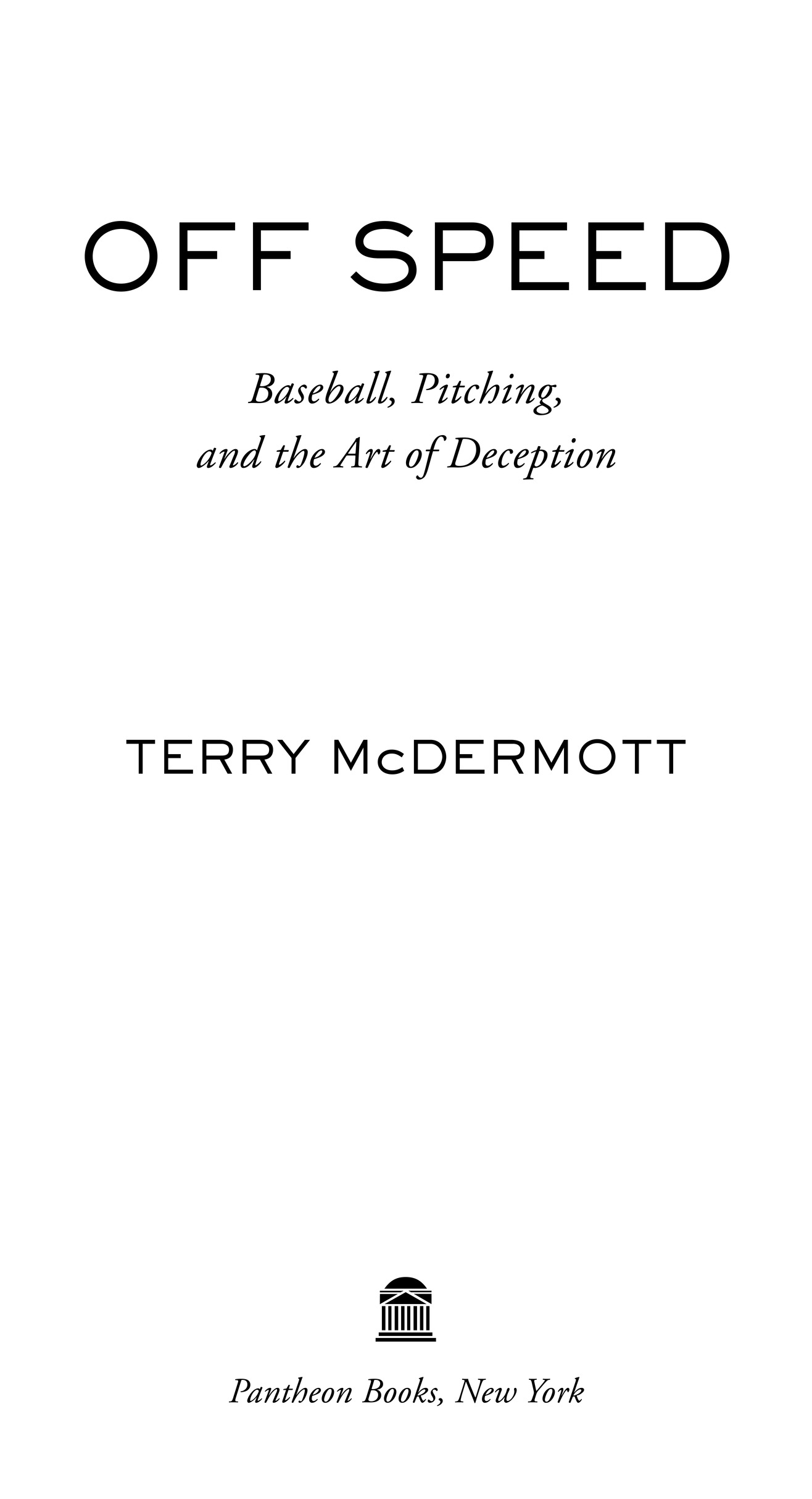Also by Terry McDermott
The Hunt for KSM: Inside the Pursuit and Takedown of the Real 9/11 Mastermind, Khalid Sheikh Mohammed
101 Theory Drive: The Discovery of Memory
Perfect Soldiers: The 9/11 HijackersWho They Were, Why They Did It
Copyright 2017 by Terry McDermott
All rights reserved. Published in the United States by Pantheon Books, a division of Penguin Random House LLC, New York, and distributed in Canada by Random House of Canada, a division of Penguin Random House Canada Limited, Toronto.
Pantheon Books and colophon are registered trademarks of Penguin Random House LLC.
Grateful acknowledgment is made to W. W. Norton & Company, Inc. for permission to reprint an excerpt of Iowa Dj Vu from Making Certain It Goes On: Collected Poems of Richard Hugo by Richard Hugo. Copyright 1984 by The Estate of Richard Hugo. Reprinted by permission of W. W. Norton & Company, Inc.
The pitching diagrams that appear in this book are reprinted by permission of Lokesh Dhakar.
Library of Congress Cataloging-in-Publication Data
Name: McDermott, Terry, author.
Title: Off speed : baseball, pitching, and the art of deception / Terry McDermott.
Description: New York : Pantheon, 2017.
Identifiers: LCCN 2016035366 (print). LCCN 2016051448 (ebook). ISBN 9780307379429 (hardcover). ISBN 9780307908896 (ebook).
Subjects: LCSH: Pitching (Baseball). Baseball. BISAC: SPORTS & RECREATION/Coaching/Baseball. SPORTS & RECREATION/History. SPORTS & RECREATION/Baseball/History.
Classification: LCC GV871.M42 2017 (print). LCC GV871 (ebook). DDC 796.357/22dc23
LC record available at lccn.loc.gov/2016035366
Ebook ISBN9780307908896
www.pantheonbooks.com
Cover photograph by Tim Clayton / Corbis / Getty Images
Cover design by Oliver Munday
v4.1
ep
Contents
For Casey, Cary, and Lina,
in partial repayment for what my father gave me
West of here love is opportune.
I get this from the soft cry of a train;
from magazines the barber lets me take.
West, it cools at night. Stars reproduce
like insects and wild horses sing.
Richard Hugo, Iowa Dj Vu
Dont pitch the cookies.
Hisashi Iwakuma
GLOSSARY OF PITCH TYPES
FOUR-SEAM FASTBALL : A straight fastball, almost always the fastest pitch any pitcher can throw. It is called a four-seam fastball because it is gripped across the seams. This is the most common pitch. Speeds can range from low-80s mph to more than 100 mph.
TWO-SEAM FASTBALL : A fastball gripped with the seams rather than across them. The two-seamer sinks and often moves left to right from a right-handed pitcher.
CURVEBALL : The most basic breaking pitch, it is gripped with the middle finger along a seam and thrown with a strong snap of the wrist to the right for a right-handed pitcher; this imparts spin to the ball, causing it to break both horizontally right-to-left and down.
SLIDER : A faster breaking ball than the curve, but slower than a fastball. It breaks more horizontally and less vertically than a normal curve. It is not as fast as a fastball but is faster than the rest of a pitchers pitches. It is gripped like a two-seam fastball but slightly off center, so that the ball is released off the thumb side of the index finger.
CUT FASTBALL : The cutter lies halfway along a continuum between a fastball and a slider. The grip is almost identical to a four-seam fastball, but the fingers are moved slightly to the right and more pressure is put on the ball with the middle finger. There is no wrist snap. To the hitter, the pitch looks identical to a fastball. It breaks very little, but does so very late.
CHANGEUP : A change-of-pace pitch that is thrown as if it is going to be a fastball but that leaves the hand as much as 10 mph slower. The most common change grip in use today is the circle change, in which the index finger and the thumb are used to form a circle to the side of the ball which is held in the other three fingers. The hand is turned so that the circle is facing the ground as the pitch is released. The combination of the grip and the downward turn of the hand lessens the speed of the pitch and often imparts a slight right-to-left break from a right-handed pitcher.
SINKER : Similar to and sometimes synonymous with the two-seam fastball.
SPLITTER , or SPLIT-FINGERED FASTBALL : Similar to a sinker but with a much sharper downward break. The ball is gripped with the index and middle fingers spread as far as feasible on the outside of the seams. The pitch is thrown with the same motion as a fastball but is typically somewhat slower, and it dives as it reaches the plate.
FORKBALL : Similar to the split-fingered fastball but gripped more deeply in the hand and with somewhat less spread between the top fingers; it is slower and has less spin than the split.
KNUCKLEBALL : An unpredictable, erratic, impossible-to-hit pitch that has little to no spin; it is the only sort of pitch that might break twice in opposite directions. It is gripped not with the knuckles but with the fingertips of the middle and index fingers, placed directly behind the seam. The thumb and ring fingers are placed on opposite sides, also outside the seam. The goal of the pitch is to have as little spin as possible, causing the ball to move unpredictably even when a hitter knows with 100 percent certainty that the knuckler is coming.
EEPHUS : A lob; it has the trajectory of a slow pitch softball pitch. Only one or two pitchers per generation ever throw it in a game.
SCREWBALL : A backward curveball. That is, it breaks down, but in the opposite direction of a curveball. It is gripped like a curve, but the wrist is turned in the opposite direction, toward the pitchers glove side, upon release.
SPITTER : An illegal pitch to which a foreign substancesaliva, Vaseline, hair cream, or who knows whathas been applied, causing the pitch to drop suddenly as it approaches home plate. It is thrown with the same grip and motion as a fastball. Its trajectory is similar to that of a split-fingered fastball. There is widespread suspicion that many of the great split-finger practitioners were, in fact, throwing spitters, not splits.
PREFACE
If you noted the Richard Hugo stanza on the epigraph page, you might have already guessed what I am about to tell you. Hugo, as regular a guy as has ever made a living writing poetry, wrote often about ordinariness and dreams of escaping it. He never wrote much about baseball, or sport of any kind other than fishing, but at its best, baseball offers what Hugos verses suggesta fantasy of beauty rising not above but out of the ordinary. The game would make mysteries of the mundane. It is this quality of baseball that I cherish above all others. Well, that and, as economically expressed by Hisashi Iwakuma, its utter oppositecraft.
We have dressed the game in so many fine coats of so many glorious colors that it becomes hard to see the thing itself. Ive occasionally applied some of these coats myself, relishing the myths and sometimes realities of baseballs lovely, stubbornly American past.
I grew up fifteen minutes from the cornfield where they would later build the diamond for that Kevin Costner



